Mason Definition 2 Rival 1X review
We've tested the latest update of the Mason Definition alloy "multi-discipline" bike. The Definition 2 has had a subtle makeover, incorporating new technical features
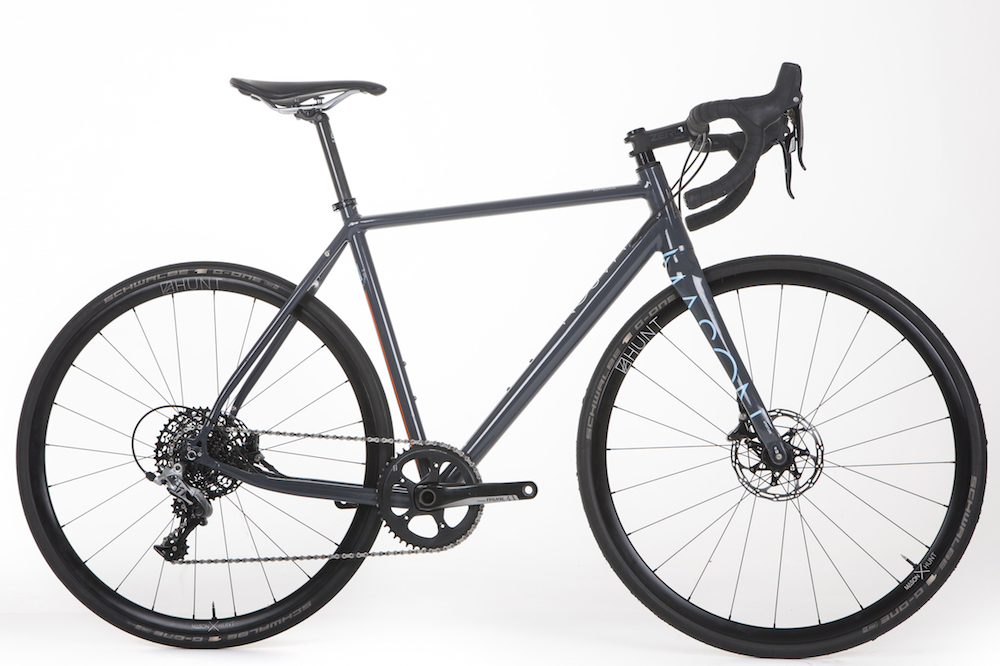
The Mason Definition 2 makes a number of changes to bring the design up to date with recent trends, but carries forward the original Definition’s versatility. It’s beautifully finished, comes with a quality spec well suited for UK riding and has the versatility to cover everything from fast club runs to bikepacking adventures.
-
+
Well-thought-out frame and spec for UK riding
-
+
Beautifully finished
-
+
Versatile
- +
-
-
More expensive than a mainstream brand
You can trust Cycling Weekly.

When Mason Progressive Cycles brought out the original Mason Definition in 2015, disc brake road bikes were a bit of a rarity, as was the Definition’s geometry, designed to work off-road as well as on. Three years later, these features are now commonplace in non-racing road bikes. Time for a refresh of the Mason Definition to keep it ahead of the curve.
The original alloy Mason Definition was matched by the Mason Resolution steel machine, which we’ve also tested. Mason has found that, although superficially similar, the two bikes were used for rather different purposes, with the Definition tending to be selected by slightly younger riders looking to ride faster.
Frame
The Mason Definition 2 frameset is built in Italy of custom Dedacciai aluminium alloy tubing. There’s full internal cable routing through to the chainstays, using Mason’s flexible port system, which caters for mechanical, hydraulic and electronic groupsets.
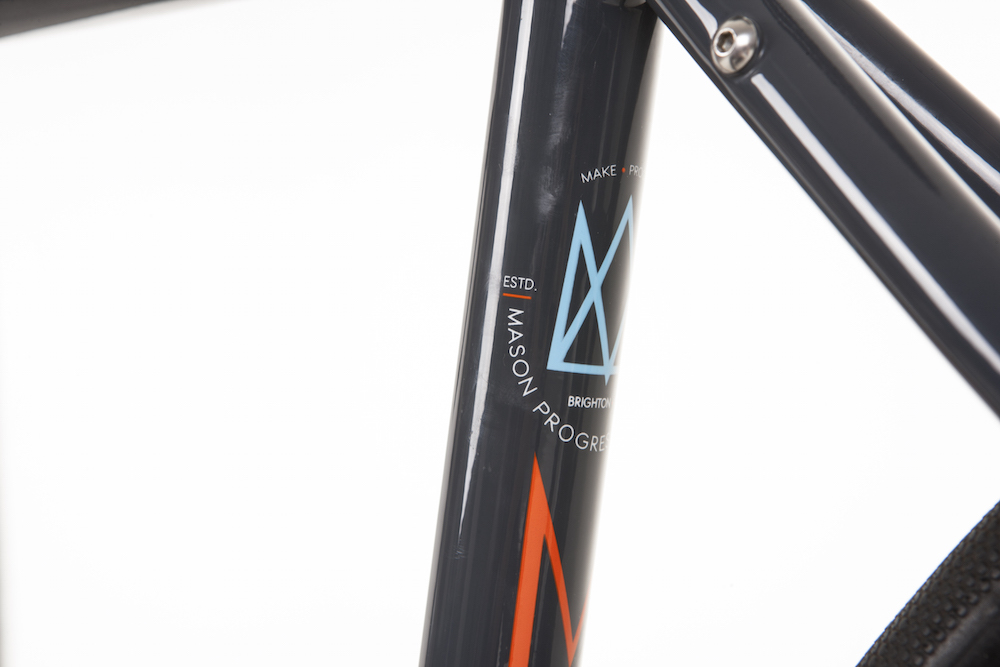
Mason uses a wide down tube and oval section top tube for rigidity. The bottom bracket shell is designed specifically to provide extra weld area. It is wide enough for the cable runs to pass internally, but steps down at its ends, so that it accepts a standard BSA threaded external bearing bottom bracket. The chainstays and seatstays have bespoke curved shaping to add a bit of compliance.
The original Mason Definition used quick-release axles and post0mount disc brakes, but Mason has used the refresh to equip the Definition 2 with thru-axles, 142x12mm rear axle spacing, and flat mount calipers – items which have now become more or less standard on disc brake road bikes.
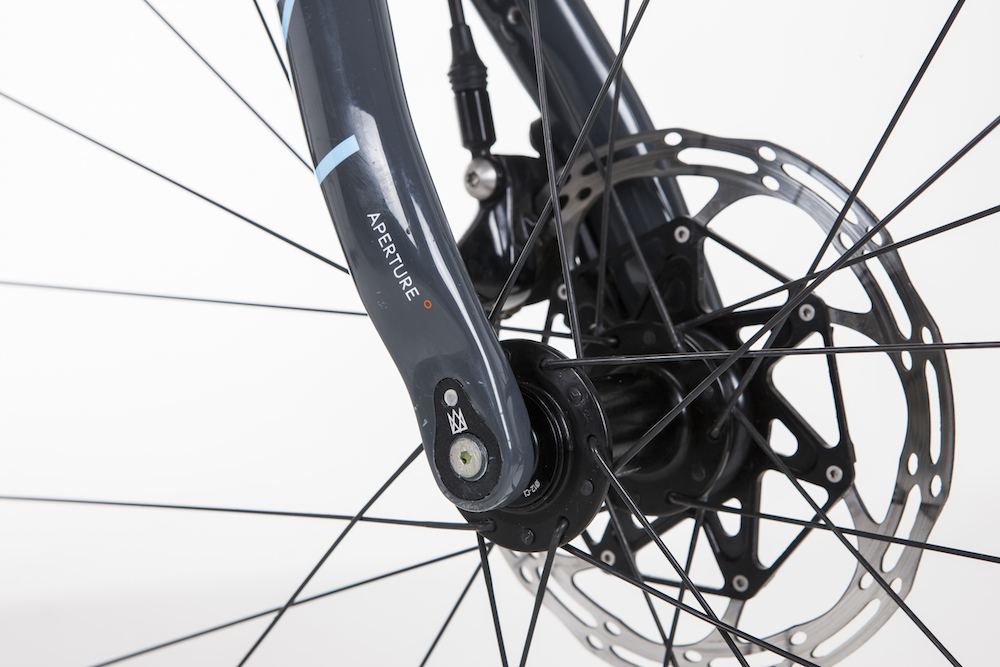
Mason has also completely redesigned its Aperture all-carbon fork, again with thru-axles and flat-mount brakes, also adding extra tyre clearance. It’s more sinuous than the original and the axle threads are replaceable.
The Mason Definition’s go anywhere credentials are enhanced by a complete set of mounts for mudguards and racks, with the mudguard mounts on the inside edges of the fork and seatstays, to make them less noticeable. There’s room to fit tyres up to 30mm wide, with clearance for mudguards, or 33mm without guards.
The Mason Definition frameset is available in black, blue or this new Element Grey. Mason has even considered the placement of logos so they don’t shout out at you but are subtly displayed from the side and rear. There’s a smart embossed head tube badge.
Specification
You can order the Mason Definition 2 as a frameset only for £1,150, in sizes from 50cm to 60cm. But Mason also offers the Definition 2 as a complete build in a range of specs.
Top of the spec tree is the £4,995 SRAM Red eTap build. Another change since the original Definition was launched is the increasing acceptance of single-ring groupsets on road bikes. The other specs offered reflect this, with SRAM Force 1 HRD and Rival 1 HRD options, alongside two ring Ultegra Di2 Hydro, mechanical Ultegra Hydro or 105 Hydro. The SRAM builds come with SRAM’s recommended 160mm disc rotors, whereas Shimano builds use 140mm IceTech rotors.
>>> Aqua Blue Sport riders weigh in on 1x bikes
This Rival 1 build has a 46-tooth chainring and 10-42 cassette for a wide range and enough high ratios for road riding but the grunt to climb steeps on unmetalled surfaces.
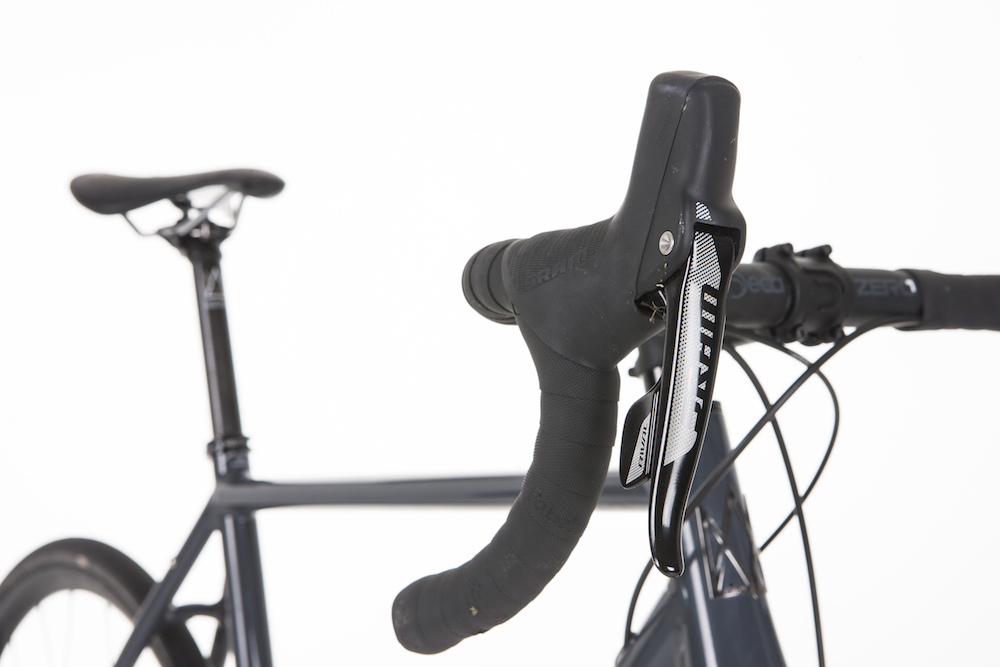
Mason has always paired with Hunt Bike Wheels, who produced the Mason x Hunt 4Season Disc wheelset especially to meet Mason’s requirements. The wheels come with wide, tubeless-ready rims, great ride quality and a robust build. Opt for SRAM Red eTap and you get the option of Hunt 30CarbonAero Disc wheels.
There’s a Deda alloy cockpit, 27.2mm Mason carbon seatpost and Fabric saddle to complete the build. But one advantage of buying a Mason is that you can talk to Dom Mason, take a test ride and specify components to meet your own needs.
Riding the Mason Definition 2
Mason has the knack of producing bikes which feel engaging, while still giving you a comfortable long distance ride, making the Definition 2 a joy to pilot. It feels fast and lively on flatter roads, easy to climb and confident on descents, with the assurance of hydraulic disc braking.
The wide Schwalbe G-One Speed tubeless tyres fitted are a £100 upgrade and give plenty of grip too, without any noticeable additional rolling resistance over a narrower slick. Coupled with the Definition 2’s stable handling, they cope well with muddy paths with a gravel base. Although there’s not quite the grip to handle the muddiest bridlepaths, you have enough off-road ability to expand your riding off tarmac.
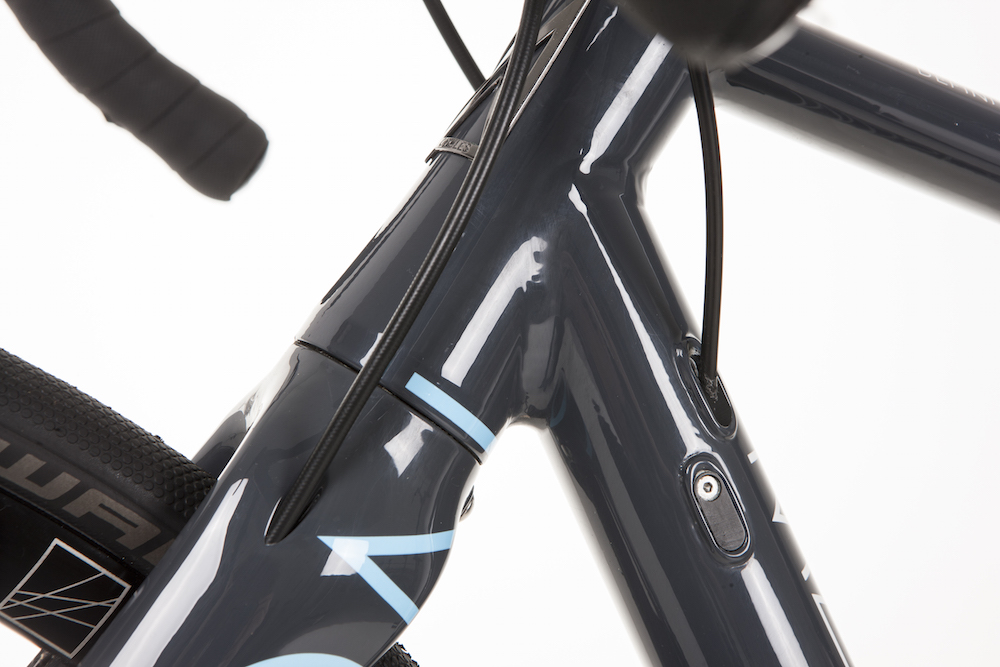
The tread is a close array of small, round knobs. On wider Schwalbe tyres with this tread pattern we’ve experienced clogging in muddy conditions. But being quite narrow, the tread on the Mason Definition tends to resist mud build-up and clear easily. There’s plenty of clearance in the frame to keep mud off stays and fork legs too.
>>> How much damage can a tubeless tyre take? (video)
The Schwalbe G-One Speed tyres are a bit more delicate than some others, though, and I had one puncture that was fussy to seal.
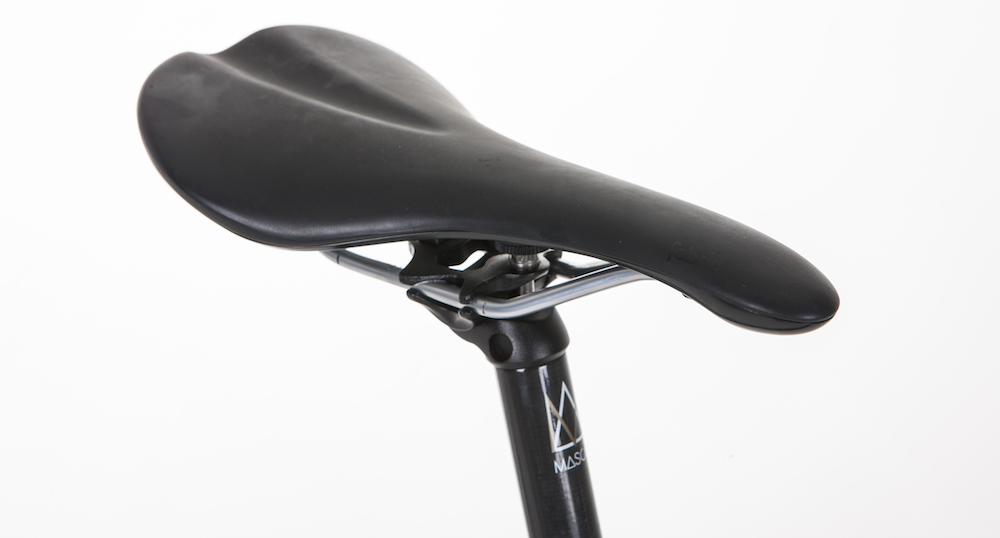
I’m not a fan of the Fabric Scoop Shallow saddle. It doesn’t seem to have enough padding in quite the right places to suit my sitbones. A swap-out made things more comfortable.
>>> Cycling Weekly Adventure Cross Series
At 8.5kg, the Definition is some 800g lighter than the steel Resolution which we tested a couple of years back. So it’s that much quicker off the mark and when climbing, although it shares the same geometry. But the alloy frame gives a more lively ride, rather than the Resolution’s more relaxed feel.
https://www.youtube.com/watch?v=7A3x8bNwAKY
The single-ring groupset with its 46-tooth chainring may sound as if you’re going to run out of ratios, but the largest 42-tooth sprocket gives you a lowest gear equivalent to a 31 tooth sprocket with the 34-tooth chainring on a standard compact double chainset. At the other end, the 10-tooth sprocket gives you a slightly higher ratio than a 50x11.
So you’ve got a good spread of ratios without the overlaps which a double-ring set-up will produce. The single ring makes for a simpler groupset without the extra complication of the front mech. It also saves a bit of weight. You soon get used to shifting with one hand and SRAM’s single up and down lever.
Value
Although Mason’s bikes are not strictly bespoke as they come in defined frame sizes, you’re getting something close to a custom build. There are predefined specification options, but with bikes assembled to order in the Mason Bike Barn in Sussex, you can have as much input into the final product as you want.
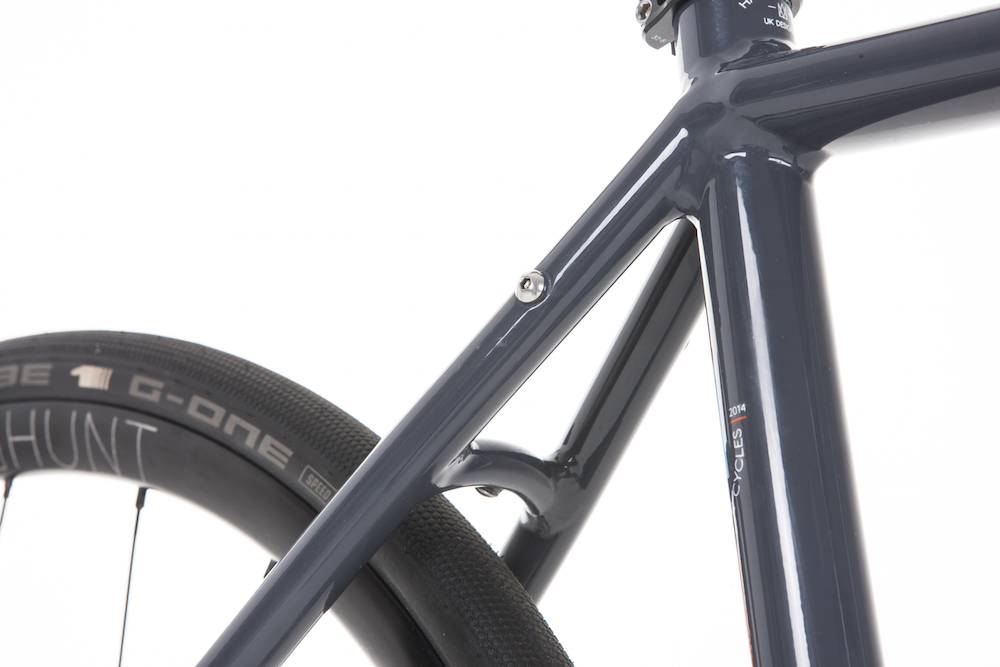
Dom Mason is also something of a perfectionist. Not finding a fork to meet his requirements, he designed his own and found someone to build it, for example. You can discuss the pros and cons of a desired spec with Mason and his small team and take out a bike for a ride before you order.
Despite the low volume, Mason puts its bikes through the same testing regime as mainstream manufacturers.
So you wouldn’t expect to pay an equivalent amount for a Mason as for a major brand’s machine with comparable spec. But you are getting something unique and carefully designed to meet the exigencies of UK riders.

Thank you for reading 20 articles this month* Join now for unlimited access
Enjoy your first month for just £1 / $1 / €1
*Read 5 free articles per month without a subscription

Join now for unlimited access
Try first month for just £1 / $1 / €1
Get The Leadout Newsletter
The latest race content, interviews, features, reviews and expert buying guides, direct to your inbox!
Paul started writing for Cycling Weekly in 2015, covering cycling tech, new bikes and product testing. Since then, he’s reviewed hundreds of bikes and thousands of other pieces of cycling equipment for the magazine and the Cycling Weekly website.
He’s been cycling for a lot longer than that though and his travels by bike have taken him all around Europe and to California. He’s been riding gravel since before gravel bikes existed too, riding a cyclocross bike through the Chilterns and along the South Downs.
-
 'It took everything' - Puck Pieterse outclimbs Demi Vollering to win La Flèche Wallonne
'It took everything' - Puck Pieterse outclimbs Demi Vollering to win La Flèche WallonneDutch 22-year-old shows Classics pedigree with first one-day victory
By Tom Davidson Published
-
 Tadej Pogačar flies to dominant victory at La Flèche Wallonne
Tadej Pogačar flies to dominant victory at La Flèche WallonneSlovenian takes second win at Belgian classic ahead of Kévin Vauquelin and Tom Pidcock
By Tom Thewlis Published
-
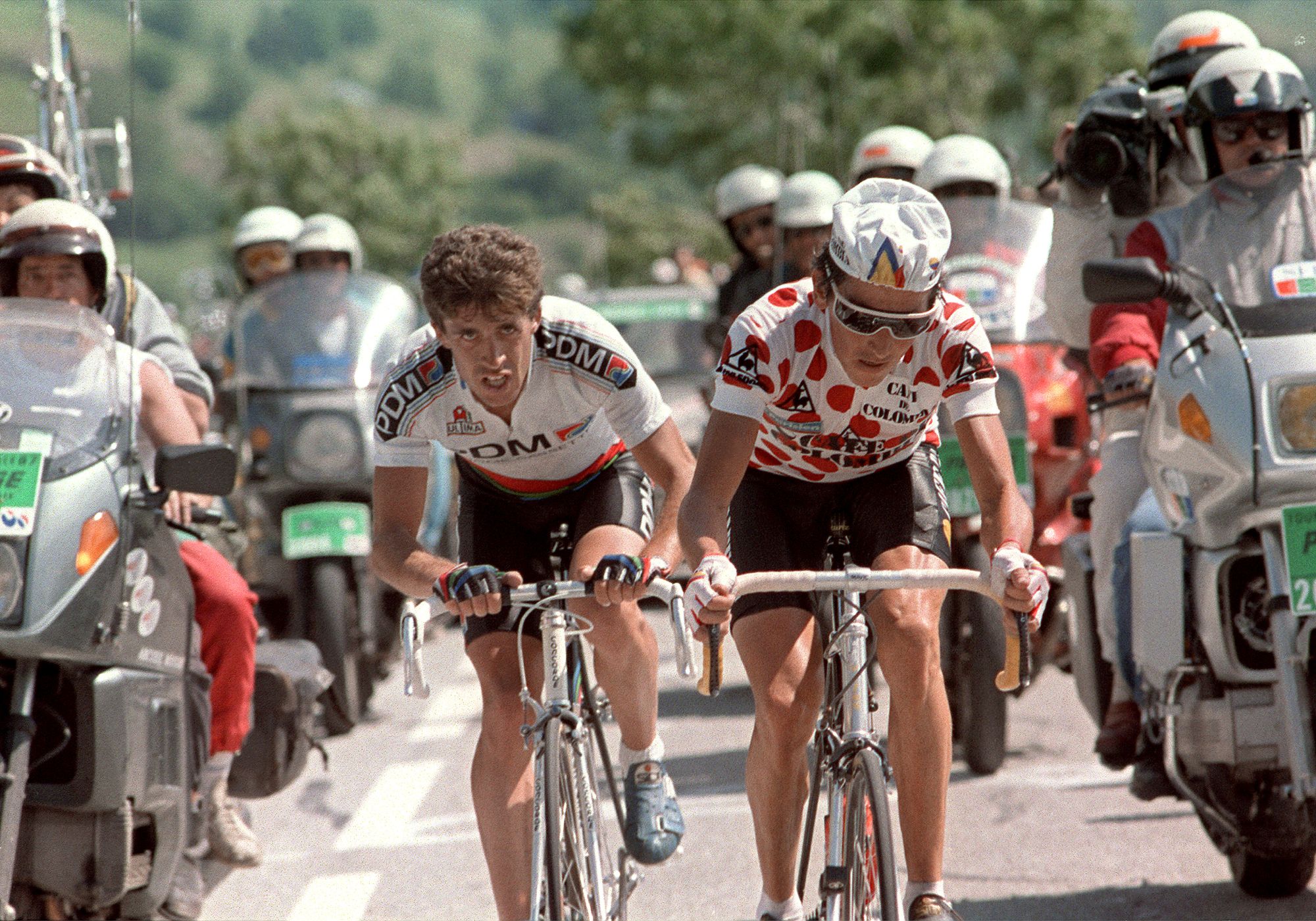 Colombian climbing star and former Vuelta a España winner Lucho Hererra could be investigated over murders of four people
Colombian climbing star and former Vuelta a España winner Lucho Hererra could be investigated over murders of four peopleA judge has called for an investigation into the former Vuelta winner who is alleged to have worked with paramilitary groups in Colombia
By Tom Thewlis Published